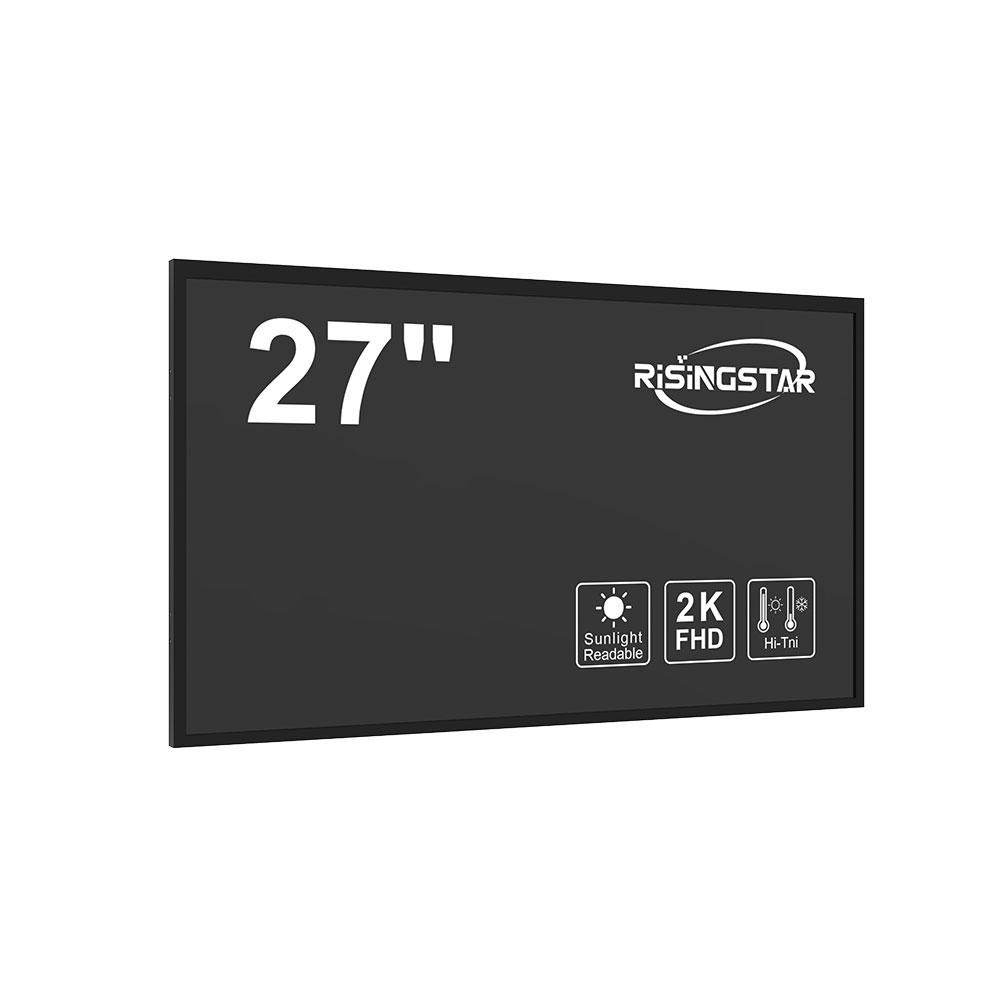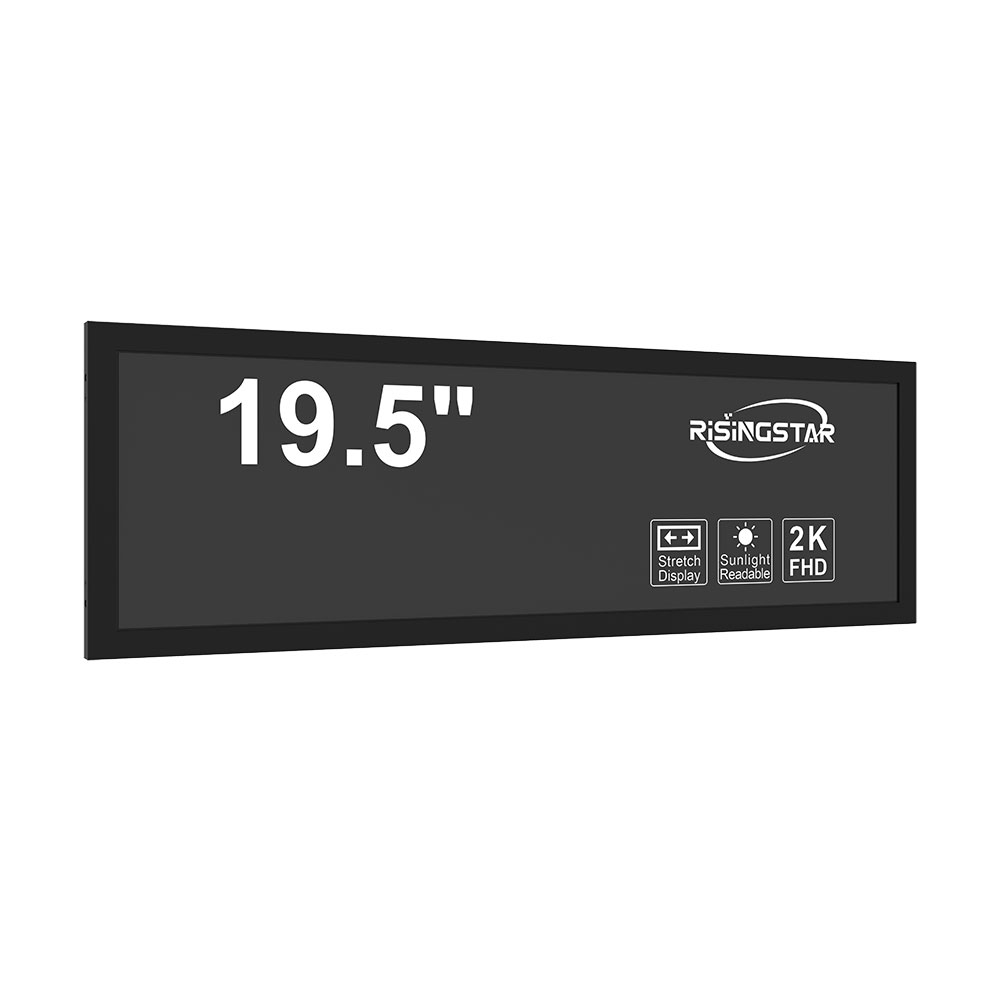
Privacy statement: Your privacy is very important to Us. Our company promises not to disclose your personal information to any external company without your explicit permission.
When designing or selecting an outdoor LCD screen for public displays, digital signage, or industrial applications, brightness is not just a specification—it’s the cornerstone of visibility, durability, and user experience. In real-world environments such as city streets, retail plazas, or construction sites, ambient light levels can vary dramatically—from early morning shadows to harsh midday sun. Therefore, understanding the correct brightness requirements and industry standards is critical for optimal performance.
Industry benchmarks, such as those from the Society of Motion Picture and Television Engineers (SMPTE) and the International Electrotechnical Commission (IEC), recommend that outdoor LCD screens maintain a minimum brightness of 5,000 nits for general use under direct sunlight. For high-visibility scenarios—like highway billboards, airport terminals, or sports stadiums—brightness should exceed 7,000 nits, with some premium systems reaching up to 10,000 nits. These figures are based on extensive field testing and environmental simulations conducted by leading manufacturers like LG Display, Samsung, and BOE Technology.

Brightness alone isn’t enough. The display must also feature anti-glare coatings, wide viewing angles (typically 178° horizontal and vertical), and robust IP65 or higher ratings for dust and water resistance. Additionally, thermal management is essential—many outdoor LCDs incorporate passive cooling systems or heat dissipation layers to prevent overheating in extreme temperatures ranging from -20°C to +60°C. Failure to address these factors can result in rapid degradation of image quality, reduced lifespan, or even complete system failure.
Case studies from major deployments—such as Times Square digital billboards or Tokyo Metro’s passenger information screens—demonstrate that adhering to these brightness and environmental standards significantly improves uptime and reduces maintenance costs. According to a 2023 report by Grand View Research, over 70% of outdoor display failures were linked to inadequate brightness calibration or poor thermal design—not just component quality.
Ultimately, choosing the right outdoor LCD screen involves more than just picking a number off a spec sheet. It requires engineering insight, environmental awareness, and adherence to global standards. Whether for advertising, safety, or operational efficiency, investing in a well-engineered, high-brightness outdoor LCD ensures consistent performance in any climate or lighting condition.


Email to this supplier

Privacy statement: Your privacy is very important to Us. Our company promises not to disclose your personal information to any external company without your explicit permission.